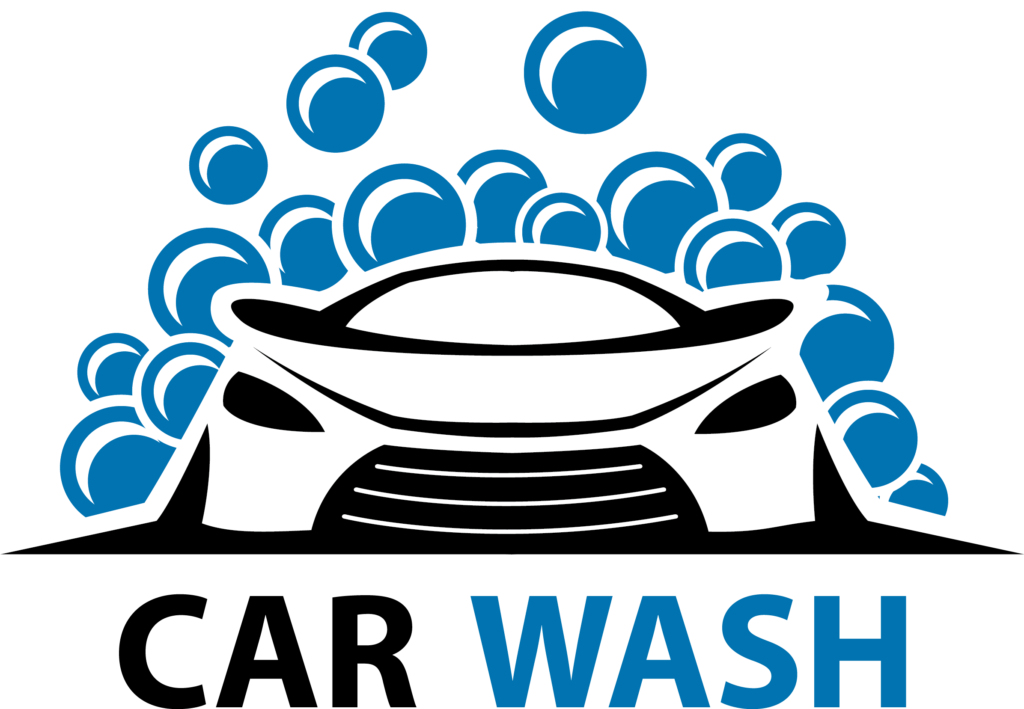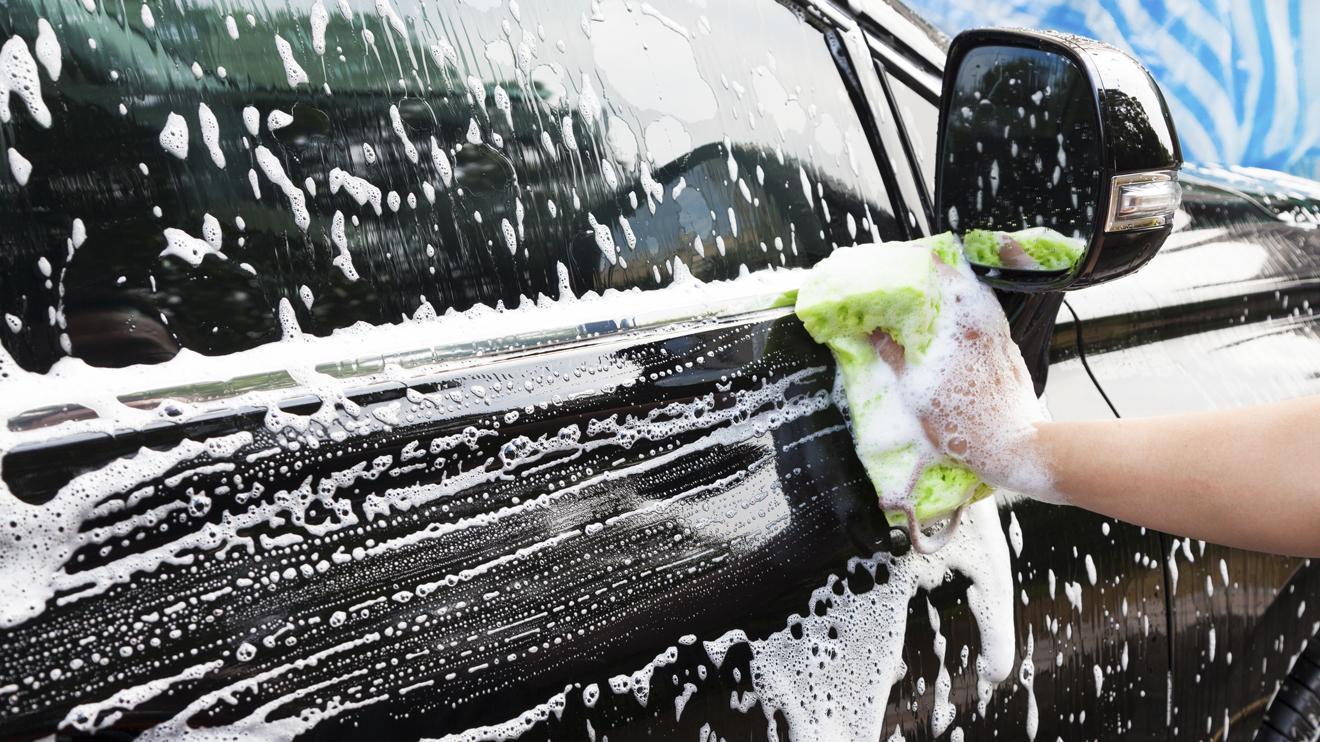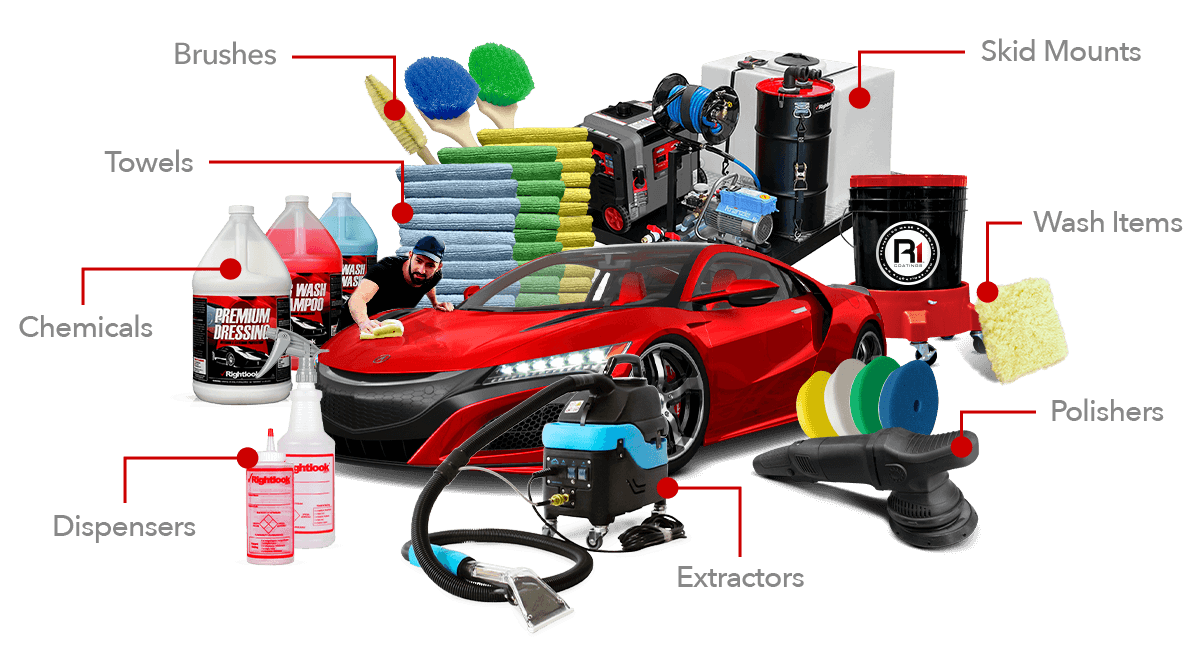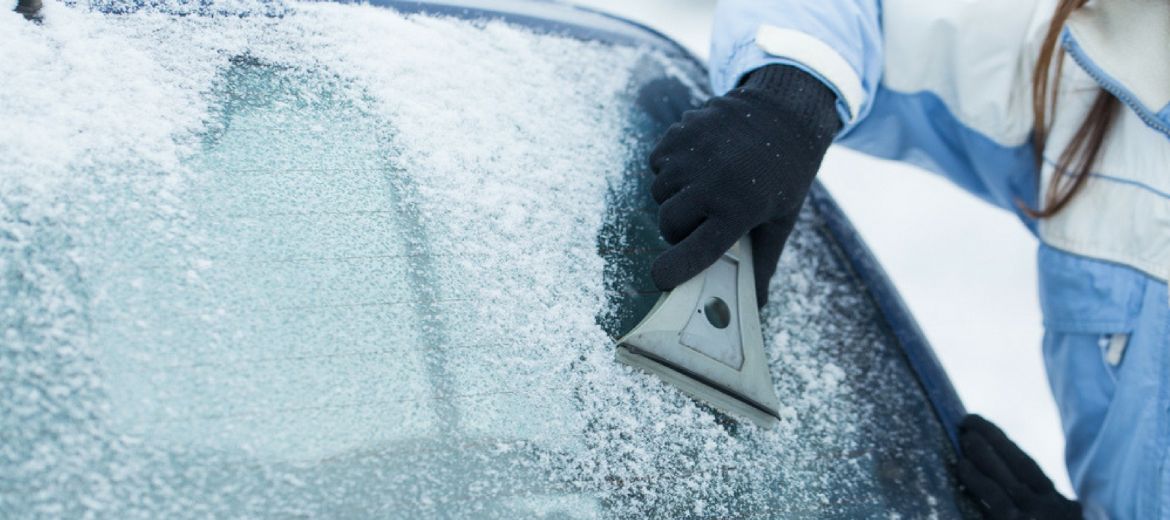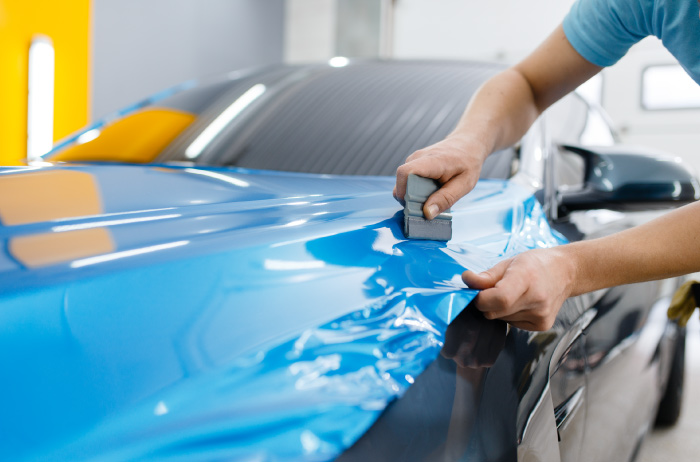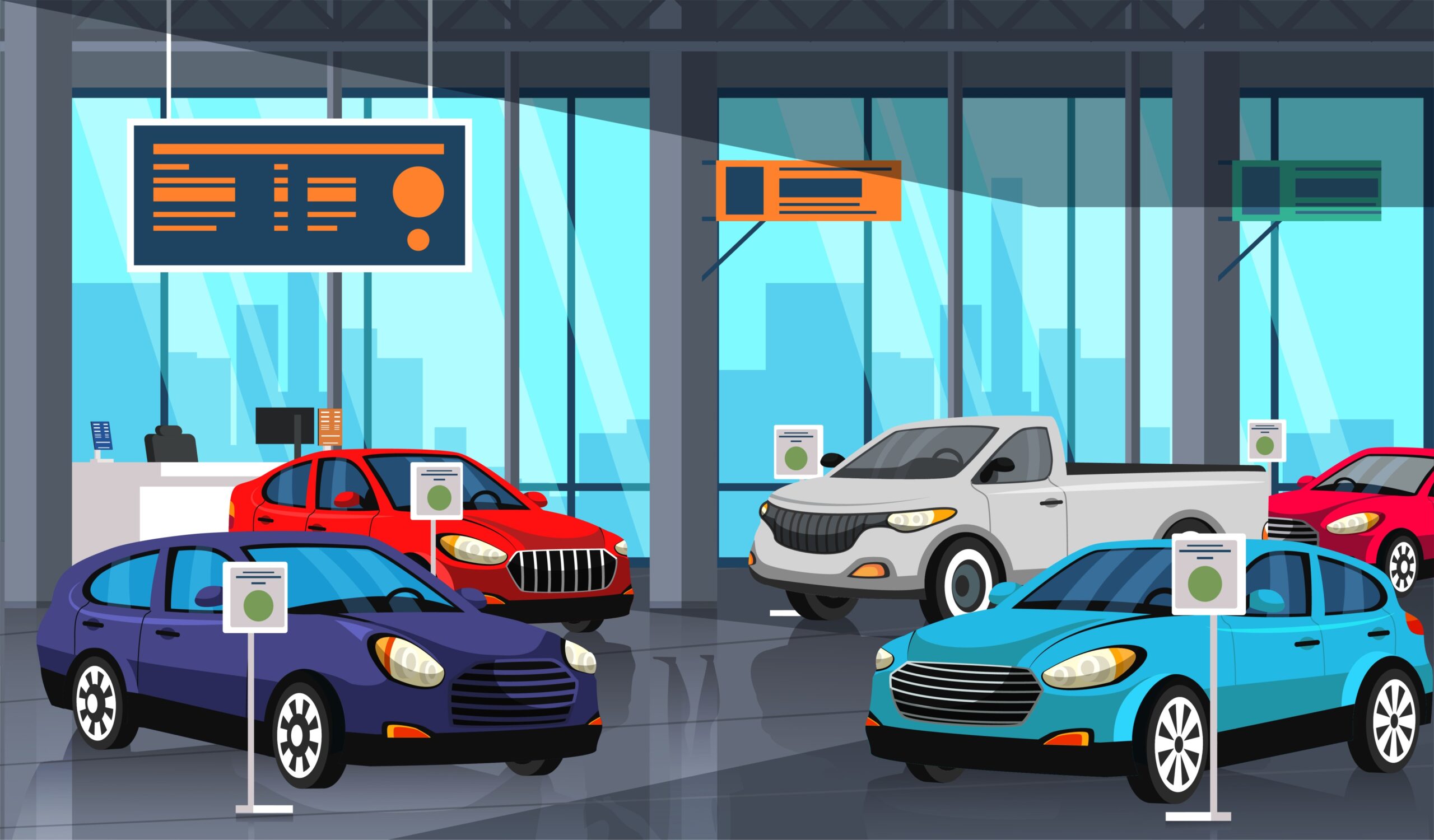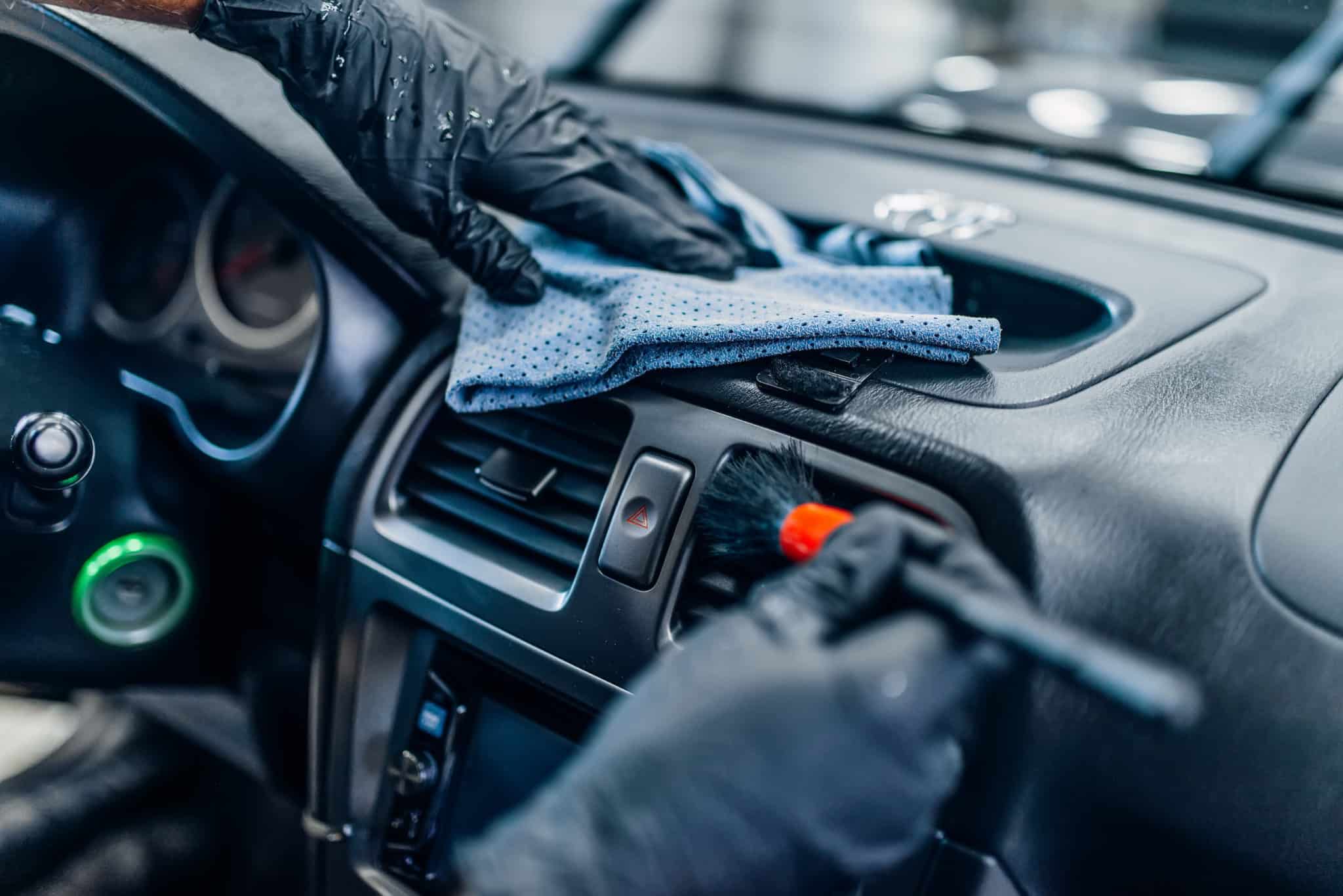Table of Contents
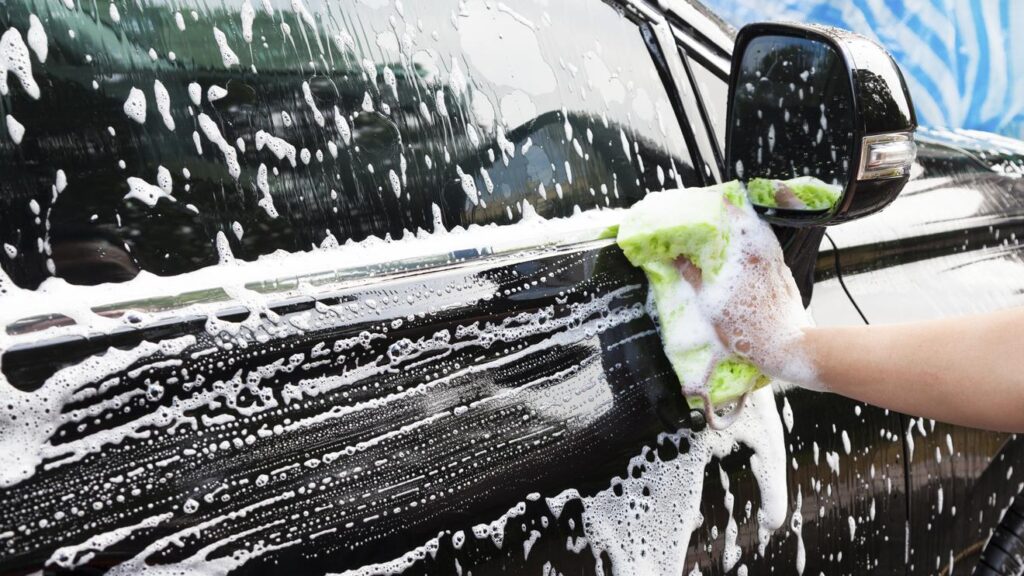
CAR WASHING
In todays social media world , it has become very difficult to differentiate between myths and facts . To avoid putting our vehicles at risk, we should follow the advice of professionals only. So, let’s discuss some misconceptions and facts about home car washing by professionals:
We see several advertisements for detergents that claim to fight grease and eliminate streaks. It may sound very appealing. It is true that detergents are ideal for cleaning extreme dirt and gunk because they contain abrasive chemicals. But detergents also shorten the life of your car paint. By speeding up the oxidation process, they remove protective coating like wax and sealant on a car’s paint.
Detergents are the Best Choice for Car Washing
cis Optional
Even after washing and waxing a car, sometimes it looks dull and lifeless. This is due to skipping the step of car polishing. Polish is an abrasive product that removes paint defects and creates an even surface for waxing. If this step is omitted, a paint defect would be more visible.
Car Washing and Cleaning are the Same
These two terms may sound similar but their meanings are not the same. Car washing is the facility to remove dirt and debris on the exterior of a car. It helps in maintaining car waxing by removing harmful elements. On the other hand, car cleaning is a detailed process. It takes more time and primarily tackles the inside stains and blemishes of a car. It contains processes such as claying, polishing, waxing, glass cleaning, tire cleaning, and even interior detailing.
Air Vents and Engine Do Not Require Cleaning
If car vents are unclean, they cause a large number of diseases due to germs. Also, you would feel a car odour that no air freshener can remove. To avoid this situation, the cleaning of car vents is very important. Steam is the best way to clean car vents because high-temperature can easily destroy bacteria and germs.
Air vents are visible but the engine is not. We usually ignore the cleaning of an engine. A clean engine can reduce the situation of engine fire and also makes it easier to identify fluid leaks. So, the cleaning of a car engine is necessary.
Paste Wax is Better than Liquid Wax
It is a myth that paste wax offers greater protection than liquid wax. As compared to liquid wax, paste wax takes more effort to apply and is not durable at all. It can tend to last up to 10 weeks. However, liquid wax gives more of a classic finish. It is easy to use and is durable. Liquid wax can last up to six months. Nowadays synthetic waxes, polymers, and resins are more popular because they help to enhance the gloss finish of a car.
Let Car Air Dry
Letting a car air dry is not a good idea. Air dry will leave watermarks that require more effort to clean. To avoid this, use a clean chamois (natural or synthetic) or soft microfiber clothes to blot the water up. Other than this, a soft sequence is also preferable to remove the water on the body of a car.
A shiny Car is a Clean Car
Do not get attracted to a shiny car. If a car is shining, it does not mean that it is clean. A car is clean when it passes the touch test. Rubbing over a car after washing is helpful to identify leftover contaminants. For stuck on dirt, use a clay bar before waxing or polishing to remove any residue.
No difference between polishing and waxing.
Many people don’t know that there is a difference between polishing and waxing. Although both are intended to help keep the exterior of your car looking clean and new, they serve different purposes. Polishing helps create a brilliant high-gloss surface. If you’re looking for that ‘straight off the dealer’s lot kind of clean, you’ll definitely want to include a polish in your cleaning regiment. On the other hand, waxing works to protect the vehicle’s finish. It does so by coating the exterior of your car with wax polymers, resins and silicones and unlike a polish, it won’t make a dull surface shiny.
Flannel, diapers and t-shirts make good cleaning cloths.
The last material you want when cleaning your car is a smooth surface. Without any means of absorbing fine particles, these types of fabrics will end up just swirling dirt around on your car, possibly causing new micro-scratches. To avoid disaster, try using a quality microfiber towel since the deep surface creates a buffer zone that will pick up dirt and not grind it into the paint finish. The way we see it? Microfiber or bust!
It doesn’t matter when you wash your car.
FALSE. You don’t want to wash your car when the body is hot, whether you just drove it or it’s been in the sunlight for a while. The heat will speed up the drying of soap and water, making washing more difficult and increasing the likelihood of spots or deposits. It’s best to wash your car in the shade and to soak the car thoroughly with water before you begin to remove loose dirt and debris that could cause scratching.
Dispelling the Myth of Automatic Car Wash Damage
One of the most prevalent car wash myths is that automatic car washes can damage your vehicle’s paint. While it’s true that some older systems with abrasive brushes could cause scratches, modern automatic car washes have evolved significantly. Most use high-quality materials like soft cloth or foam to gently clean the vehicle’s surface without causing harm. In fact, many professional car wash establishments use advanced technology and techniques to ensure a safe and effective cleaning process.
Dishwashing Detergent Is Safe for Car Washing(The Dangers of Using Dishwashing Detergent on Your Car)
Many people believe that using dishwashing detergent for car washing is a cost-effective and efficient alternative to car wash soaps. However, this myth can lead to serious consequences for your vehicle’s paint and finish. Dishwashing detergents are designed to cut through grease and grime on dishes, but they are too harsh for automotive paint. They can strip away protective waxes and cause the paint to fade over time. It’s crucial to invest in a quality car wash soap specifically formulated for vehicles to maintain their appearance and protect the paint.
Washing Your Car in Direct Sunlight Is Ideal (The Perils of Washing Your Car in the Sun)
Contrary to popular belief, washing your car under direct sunlight is not the best practice. While it may seem convenient to wash your vehicle on a sunny day, the heat and sunlight can have adverse effects. Water droplets can quickly evaporate, leaving behind water spots and streaks on your car’s surface. Additionally, the sun’s rays can intensify the cleaning agents, potentially causing them to dry too quickly and leaving behind residues. To achieve the best results, choose a shaded area or wash your car in the early morning or late evening when the sun’s intensity is lower.
Waxes Are Just for Aesthetics (The Protective Power of Car Waxes)
Some car owners believe that applying wax to their vehicles is purely for aesthetic purposes. While it’s true that wax enhances the car’s shine, its benefits go beyond mere visual appeal. Car waxes provide a protective layer that shields the paint from environmental contaminants, UV rays, and harsh weather conditions. Regular waxing not only preserves the paint’s lustre but also helps prevent oxidation and fading, ultimately extending the life of your car’s finish.
More Soap Equals Better Cleaning (The Truth About Soap Quantity in Car Washing)
Many car owners believe that using an excessive amount of soap will result in a cleaner vehicle. However, this myth can lead to several problems. Using too much soap may leave a soapy residue on your car, attracting dirt and debris, and potentially causing streaks. Additionally, excessive soap usage is wasteful and harmful to the environment. Follow the recommended dilution ratios on the car wash soap packaging to achieve optimal cleaning results without unnecessary waste.
Rainwater Cleans Your Car Effectively ( The Limited Cleaning Power of Rain )
It’s a common belief that letting your car sit in the rain is equivalent to giving it a thorough wash. While rainwater can help rinse off some surface dirt, it’s far from being an effective cleaning method. Rainwater contains impurities, pollutants, and minerals that can leave behind water spots and contaminants on your vehicle’s surface as it evaporates. For a proper and thorough cleaning, it’s essential to use dedicated car wash products that are designed to lift and remove dirt without causing damage.
Using Household Towels Is Safe for Drying (The Risk of Scratches with Improper Drying Materials)
Some car owners opt to use household towels, bath towels, or even old t-shirts to dry their vehicles after a wash. Unfortunately, these materials may have rough fibers that can cause micro-scratches on the paint surface. To avoid unintentional damage, invest in high-quality microfiber drying towels designed specifically for car care. These towels are soft, absorbent, and won’t harm your vehicle’s finish, ensuring a scratch-free drying process.
A Higher PSI Pressure Washer Is Always Better ( The Balance of Pressure in Power Washing)
Some car owners believe that using a high-pressure washer with the maximum PSI is the best way to achieve a thorough cleaning. However, excessive pressure can be harmful to your vehicle’s paint, stripping away protective coatings and causing damage. It’s essential to strike a balance and use a pressure washer with a PSI suitable for automotive applications. Additionally, always maintain a safe distance from the vehicle and adjust the nozzle to a wider spray pattern to minimize the risk of paint damage.
Washing your car at home is better for the environment.
Home car washing often leads to excessive water usage and runoff pollution, harming the environment. Professional car wash services typically use water-conserving technologies and eco-friendly practices, making them more environmentally friendly.
Leather seats – I don’t need to do anything special
Another myth worthy of debunking! Leather is a porous material and absolutely requires specific care to ensure its long-term life! Having your leather seats deep cleaned and regularly cleaned is very important as well as ensuring you use a good quality conditioner after cleaning the dirt to ensure that the material is hydrated and protected from any external factor whether it be normal wear and tear from friction on your seats to UV damage from the sun or dirt that could affect it.
